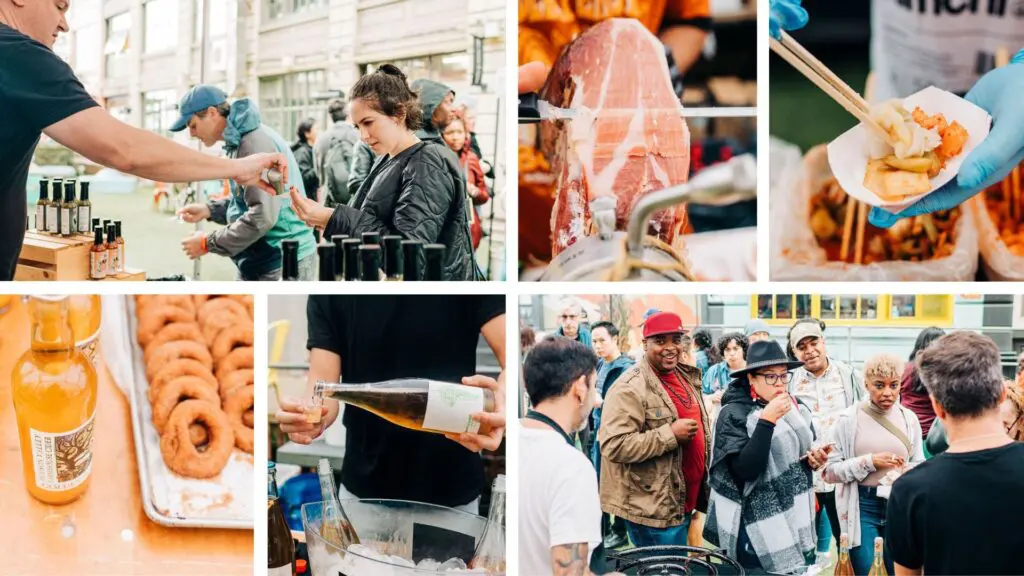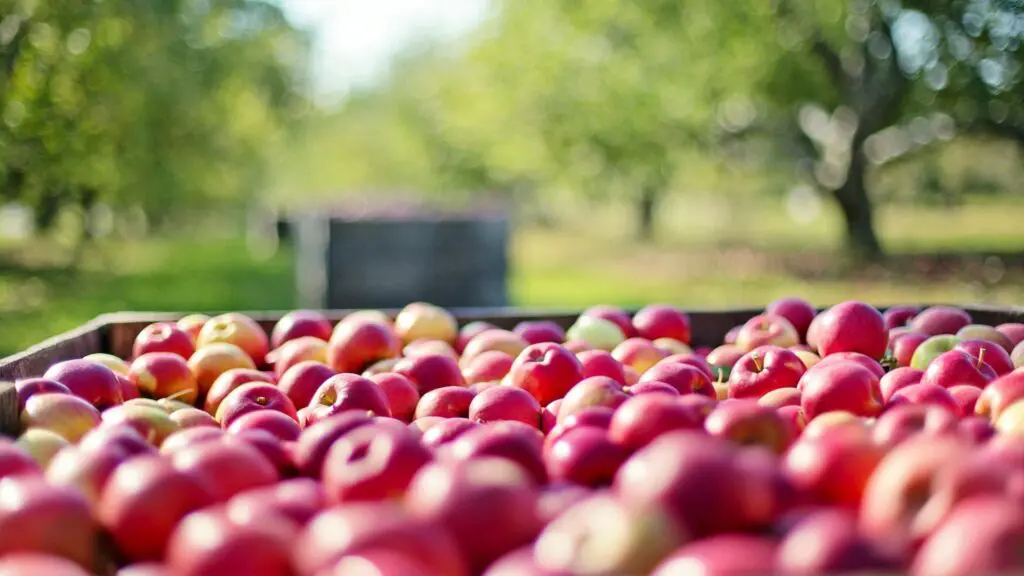It’s undeniable: Consumer demand for dry ciders is growing. “Sweet cider catches people’s attention,” says Peter Yi, cidermaker at Brooklyn Cider House. “As you drink more and more, your palate leans to the drier side.” His dry ciders have little to no detectable residual sugars. One sip and it’s clear the ciders are accurately labeled as dry.
This isn’t always the case. When comparing two ciders labeled “dry,” the product from a large producer serving a vast number of consumers is not going to taste the same as that from a cidery specializing in traditional dry ciders.
Tasting two dry ciders with such different flavor profiles brings up the question: What is dry cider? Right now, it seems that it is open to interpretation, but researchers are trying to make it clearer for everyone.
“There are four main factors that influence dryness — or sweetness — of a cider: total acid, pH, tannins and sugar,” says Dr. Anna Katharine Mansfield, associate professor of enology at Cornell University. She adds that one of the challenges is that not much is known about tannins; they vary in size and each offer different taste characteristics. Currently, there is no clear way to measure tannin size.
Mansfield and colleagues have been working with the New York Cider Association (NYCA) to create a cider dryness scale that is meaningful, consistent and replicable. “The scale takes the ratio of residual sugar to acidity and accounts for tannins,” explains Jenn Smith, executive director of the association. “It aims to help consumers understand what they are getting.” A scientific analysis being developed by NYCA and Cornell classifies cider as Dry, Semi-dry, Semi–sweet and Sweet. Smith says the association is not implying a cider labeled without scientific analysis is wrong, but that it is not consistently replicable.
As tools like these are developed and adopted, it will likely mean a clearer picture for consumers on the definition of dry. Until then, this list of New York ciders, compiled with the help of Smith, can assist with defining dry when selecting your next sip.
DRY: Brooklyn Cider House Bone Dry
This cider contains a high concentration of heirloom and cider apples that result in a clean, crisp mouthfeel, plus bitter notes and robust acidity.
SEMI-DRY: South Hill Cider Soundpost
A full–bodied, smooth cider, it starts with bittersweet cider apples. A six-month aging period in bourbon barrels adds to its pleasant complexity.
SEMI-SWEET: Kite & String Cider Honeoye
With an aroma of sweet honey and the flavor of ripe apples, this cider is thick, creamy and floral with a juicy finish.
SWEET: Orchard Hill Cider Mill Ten66 Pommeau Red Label
Oak-aged brandy is blended with fresh cider before returning to the barrels for more aging. It carries aromas of baked apple tarts and flavors of vanilla and spice.
This article originally ran in the print Vol. 12 of Cidercraft magazine. For the full story and more like it, click here.




















